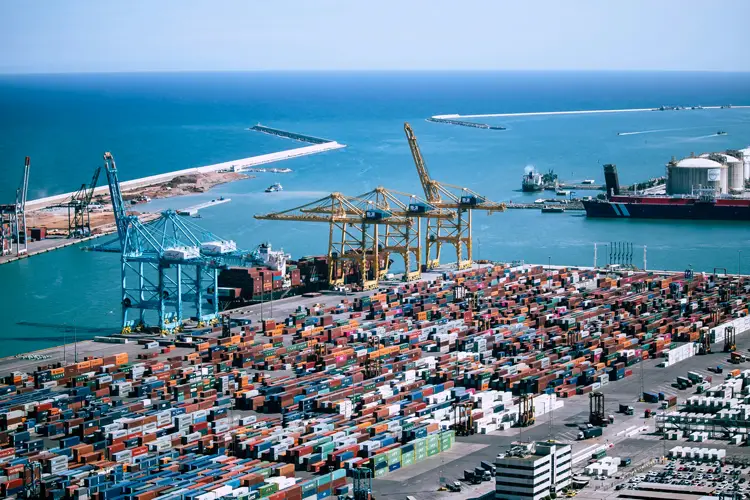13 Famous Ship Canals Of The World
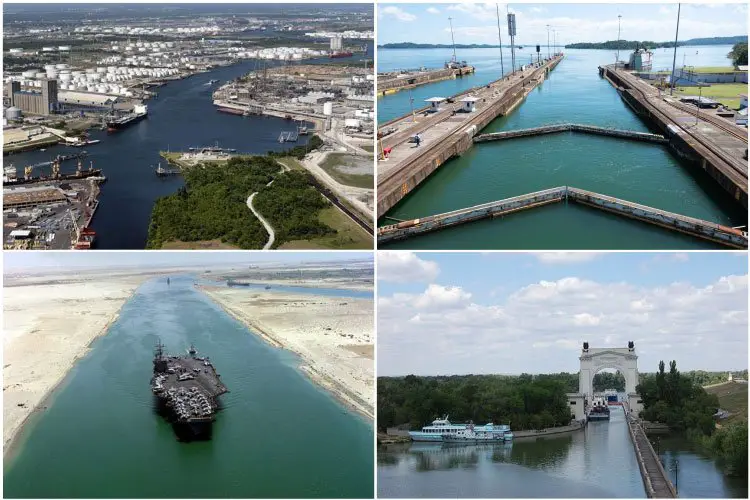
A Ship canal is a canal that is deep and wide enough to allow ships intended for the ocean, seas, and lakes to travel along with it. By connecting seas, rivers, or lakes, a canal provides a shorter and safer route to seafaring vessels.
Shipping canals have revolutionized maritime trade and have become an important cog in the global economy. Famous ship canals such as Suez Canal and Panama Canal not only provide short maritime routes have also become very vital parts of the geopolitical landscape because of their importance to world trade.
Here are some of the most famous ship canals in the world.
Famous Ship Canals Of The World
1) The Suez Canal
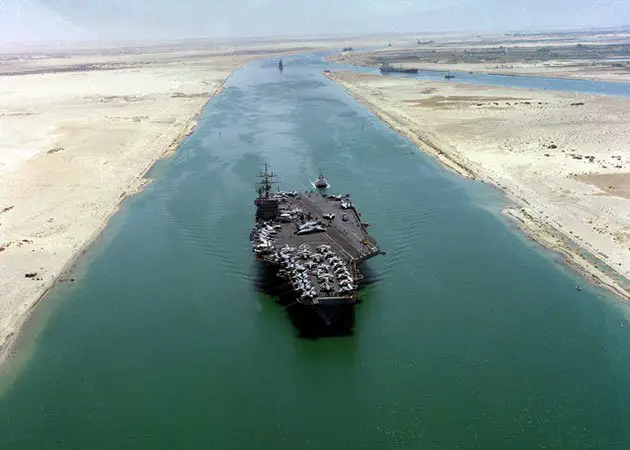
The Suez Canal runs in Egypt connecting the Mediterranean and the Red seas. It is considered to be the world’s longest canal without locks connecting water bodies at differing altitudes. The canal provides a direct passage for shipping goods between Europe and Asia.
Let us hypothetically consider that the Suez Canal was to be absent. In the aforementioned case, one would have to navigate through Africa via the Cape of Good Hope spending more time to ship things between Europe and Asia. It is one of the busiest shipping lanes.
The vision of constructing this canal was first seen by Napoleon Bonaparte, the well-known French military commander. Although his scouts warned him that any attempt to create a canal could result in a catastrophic flood, the Suez Canal finally proved to be a successful project in 1847.
2) The Panama Canal
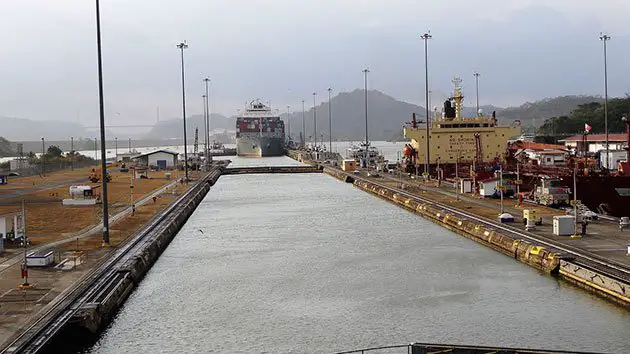
Panama Canal is one of the most famous shipping canals in the world. The project of constructing Panama was initiated by the French. However, it was completed by the United States of America.
The construction work had to be paused due to two reasons. Firstly, in the year 1894 because yellow fever and malaria claimed the lives of an estimated 22,000 workers, and secondly spending a filthy amount of money bankrupted the french side.
It took 10 years for this project to be completed. SS Ancon is known to cross the Panama Canal for the very first time. The idea of constructing this piece of architecture came from Charles V Holy Roman Emperor and king of Spain back in 1534.
The fact that Panama would decrease the distance between Spain and Peru excited the two as this gave them a military advantage over the Portuguese. The system consists of a total of 12 locks with the first ones being commonly known as Miraflores locks followed by the Pedro Miguel locks. These 12 locks ensure that Gatun Lake does not flow outwards to the Atlantic or the Pacific Ocean.
Before the opening of the Panama Canal, ships sailing between the east and west coasts of the USA had to travel around Cape Horn in South America which meant an extra 8,000 nautical miles.
3) The Welland Canal
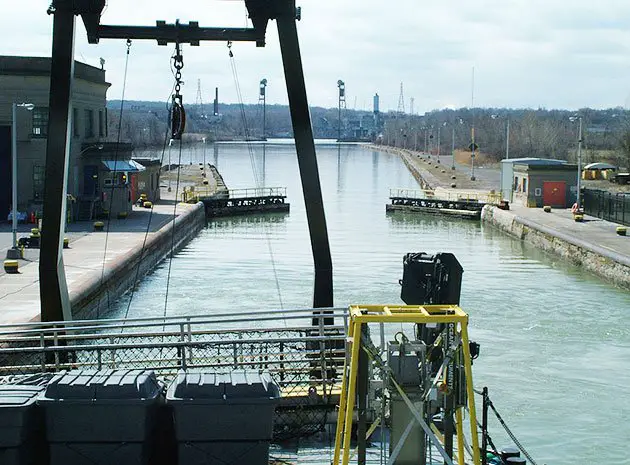
Located in Ontario, Canada the Welland Canal connects Lake Ontario and Lake Erie. It was constructed to compensate for the impassable falls and rapids in the Niagara River because, in the early days, rivers were considered to be the most natural and convenient mode of communication in Canada.
It is interesting to note that the original idea was the construction of a combined canal and rail route. Many improvements to the canal have been made since its initiation. The canal consists of many safety devices such as electrical interlocks and wire rope fenders. Eleven bridges, including six of the vertical lift type, five of the bascule or rolling lift type span the canal.
4) The Beijing Hangzhou Grand Canal
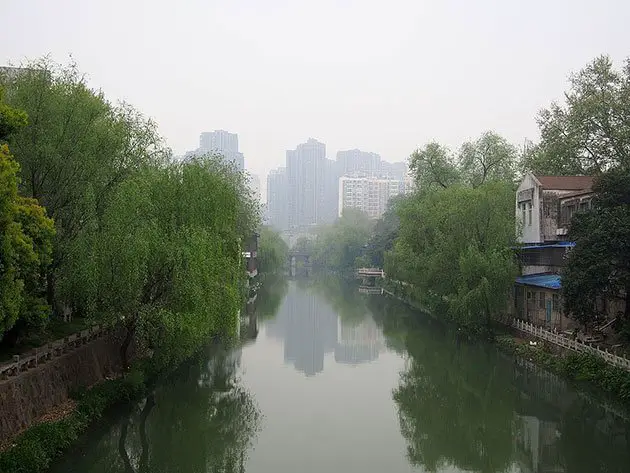
Commonly termed as the Grand Canal, the Beijing Hangzhou Grand Canal is the longest and oldest canal on Earth. It connects China’s Yellow River and Yangtze River. It runs between Beijing and Hangzhou covering a total of 1794 km.
It is one of China’s biggest and best accomplishments. A total count of 45000 laborers has put in their hard work to ensure the canal stayed in a tip-top condition. The Beijing-Hangzhou Grand Canal belt is among the richest agricultural areas of China, where the industry and transportation are also very prosperous. It is a famous tourist visit site too.
Taking a night cruise from Hangzhou to Suzhou to explore ancient folk customs of the southern Yangtze River Delta is a lifelong experience. The canal widely benefits the economy of the nation. The Great Canal is presently a UNESCO World Heritage site.
5) Corinth Canal
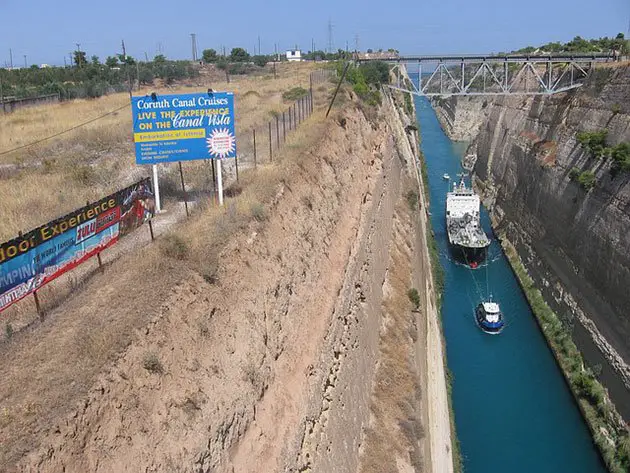
One of the most renowned canals stays in Greece. It is well known for connecting the Gulf of Corinth with the Saronic Gulf in the Aegean Sea.
Being 70 feet wide, the canal rests at sea level. It is a point to be noted that only ships that possess a width of 58 feet or less can traverse the Corinth Canal. It is too narrow for modern ocean freighters.
The canal is a wonder for saving 430 miles journey around the Peloponnese. It is believed that in 67 AD, the Roman emperor attempted to construct the canal. Unfortunately, he failed in his attempt but a memorial of his attempt can still be seen.
The construction of the canal did not start till 1881 since then. Finally, after its inauguration in 1893, the canal was still unable to attract the expected ship traffic. Despite the fact that Corinth is quite tough to navigate, it still continues to be one of the most renowned canals in the world.
6) The Kiel Canal
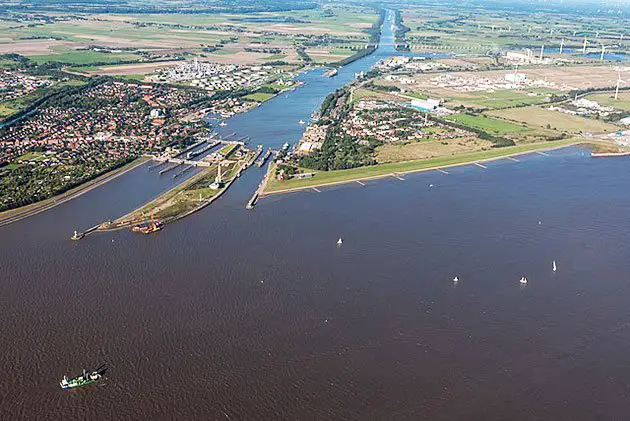
The Kiel Canal is categorized as the busiest artificial waterway in the world. It makes a connection between the North Sea and the Baltic Sea.
Almost 40,000 commercial vessels (excluding the leisure ships) pass through the Kiel annually. This was once famously called the Kaiser-Wilhelm-Kanal. It was built to save all the time consumed while crossing Jutland Peninsula.
The need to build this brilliant piece of architecture could also be viewed upon by the angle of safety purposes. The seas and other water bodies have been insanely famous for the devastation caused during harsh weather. Kiel provides a much safer option for the navigators to travel. It took eight years to complete its project.
7) The White Sea-Baltic Canal
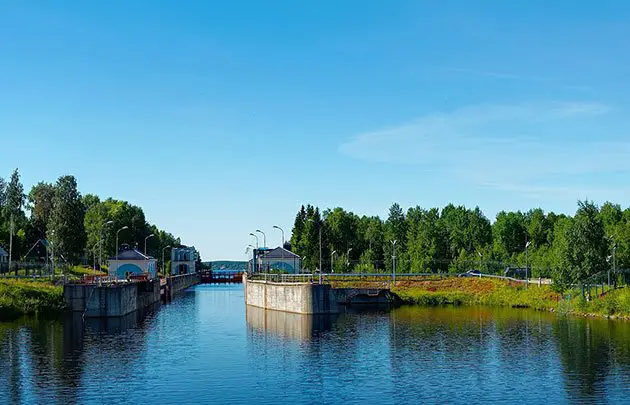
The White Sea-Baltic Canal has a dark history. It is situated in northwest Russia. It was one of the first large construction projects to be fully conducted by the Gulang inmates.
Stalin’s Five Year Plan and tyrannical push meant that the canal was rushed to be completed. It took a heavy toll on the prisoner-workers. More than 25000 innocent laborers washed their hands off their lives. As a result, the canal was too shallow to cope with the purpose.
However, the White Sea-Baltic Sea Canal, also called the Sea Canal channelizes the traffic in its route. It rises from Lake Onega and sets at Lake Vyg. An estimated 193 million tons of cargo had been traversed through this canal since 1993.
8) The Volga Don Canal
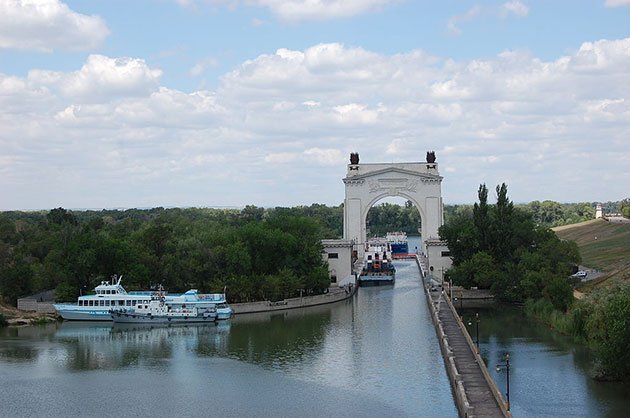
As suggested by the name, the Volga Don Canal establishes a connection between the Volga River and the Don River. It stretches to a length of 101 kilometers.
The construction of this canal was enormously affected by World War 2. But despite all the interruptions, the construction was successfully completed in 1952. It is quite interesting and yet shocking to know that the construction process was predominantly carried out by prisoners who were detained in several specially organized corrective labor camps.
However, the Volga-Don canal is known to be an important link to the deep-water transportation system of the European part of the USSR. It is composed of many tributaries out of which Kama, Oka, Vetluga, and Sura are the most important ones. It freezes for most of its length during three winter months of each year.
Exploring the Volga River can not only introduce you to the Russian culture and its natural beauty but also give you a chance to discover the soul of Russia.
9) Houston Canal
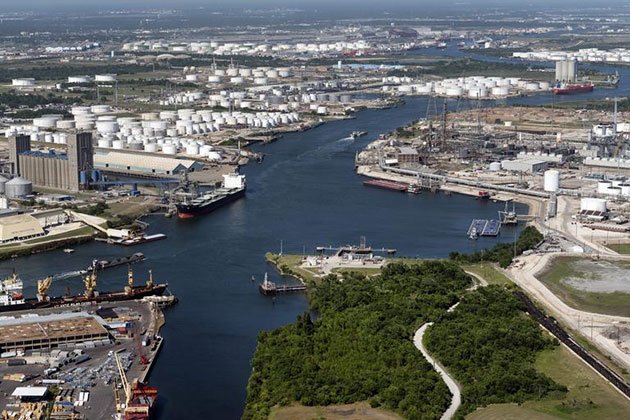
The Houston Canal is famous for handing more tonnage than any other shipping channel established in the U.S. It handles more bulk freight. Most Volkswagen and Audis sold in North America are unloaded here.
It is the second-largest petrochemical complex in the world. Over 50 million people find homes within 500 miles of the port.
10) The Danube-Black Sea Canal
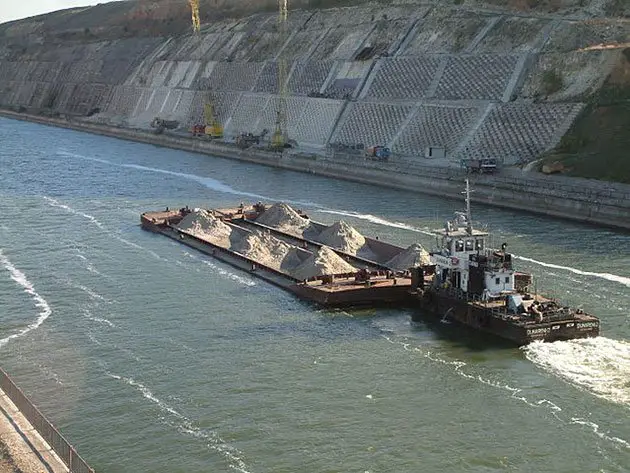
The Romanian Danube-Black Sea Canal was opened in 1984. It is the latest development in the European network of Class 6 waterways. Thousands of political prisoners died to start it and a brutal dictator bankrupted the country while finishing it.
However, it is now a gateway to world markets. The famous symbol of oppression has shed its old skin and has now turned out to be an example of the strength of the country. It lies in the western European region. It not only connects the Danube River to the Black Sea but also interlinks the Black Sea to the North Sea.
11) The Erie Canal
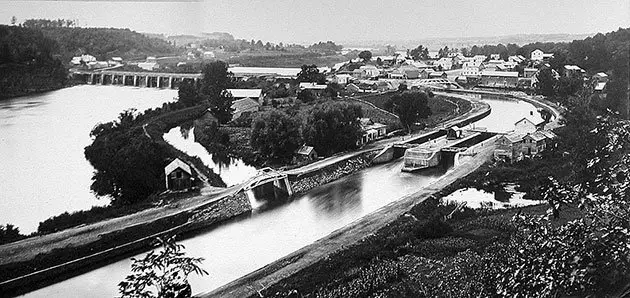
The Erie Canal is situated in New York also known as ‘The Empire State’. It is well known for its influence on local tourism. It serves as the water gateway to the west. It establishes a link between New York City and the Great Lakes.
It is an economical mode of transporting freight. The citizens of the place were initially furious when the canal was inaugurated since it didn’t go through the heart of the city. Many communities fired cannons and Rome threw barrels into the canal as a mark of protest. It wasn’t until 15 years that Erie Canal was well established.
12) Rhine-Main-Danube Canal
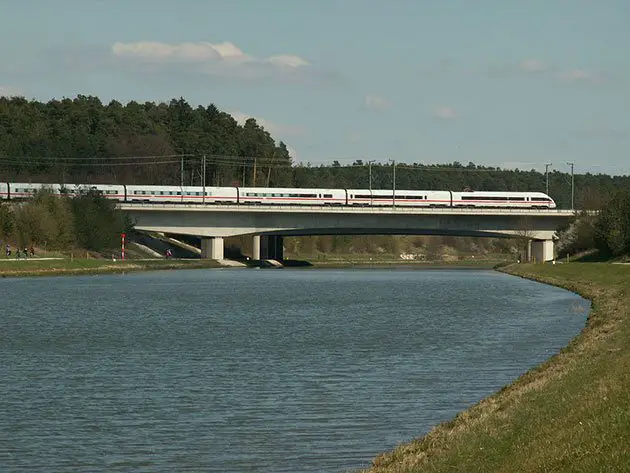
This canal is also known by other names such as Main-Danube Canal or Europa Canal. It is a very important commercial waterway located in the state of Bavaria, Germany. This 171 km long canal connects the North Sea with the Black Sea by linking the Main River (a tributary of the Rhine River) to the Danube River. This thus creates a 3,500 waterway serving 15 European countries. It can accommodate barges with a capacity of up to 2,425 tons of bulk cargo. The construction of the canal was started in the 1960s. The current full form was completed in1992.
12) The Gota Canal
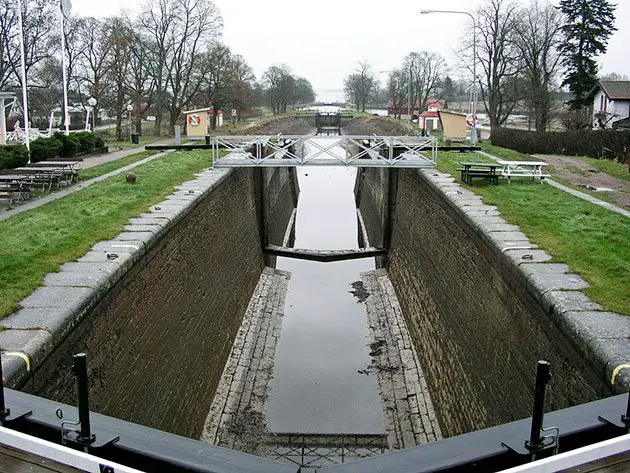
The Gota Canal marks its way between Sjotorp on Lake Vanern and Mem at the Baltic. It comprises 58 locks. Only boats measuring 30m in length and 7m in breadth can sail through this canal safely.
It was opened in 1832 in Sweden but its economic importance started to decline early because of the arrival of railroads in Sweden by the mid 19th century. In the present, it is commonly used for summertime tourist boat tours, as well as private boating.

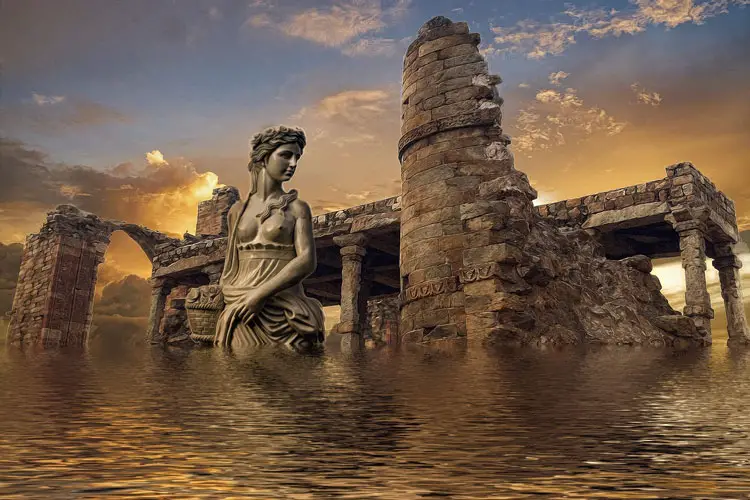
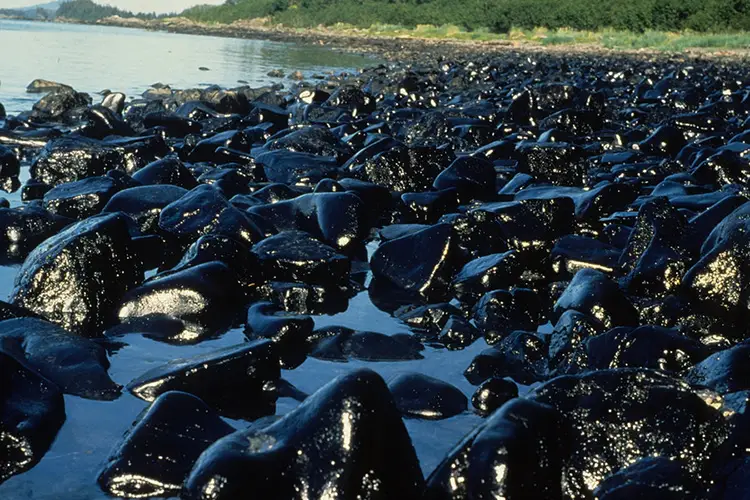
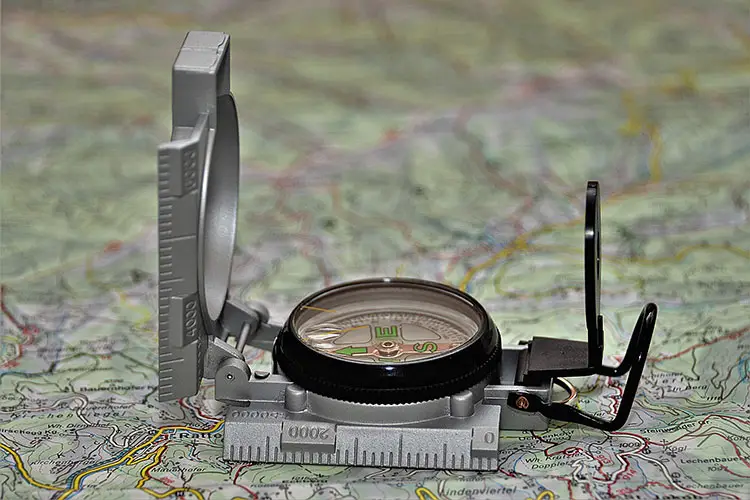
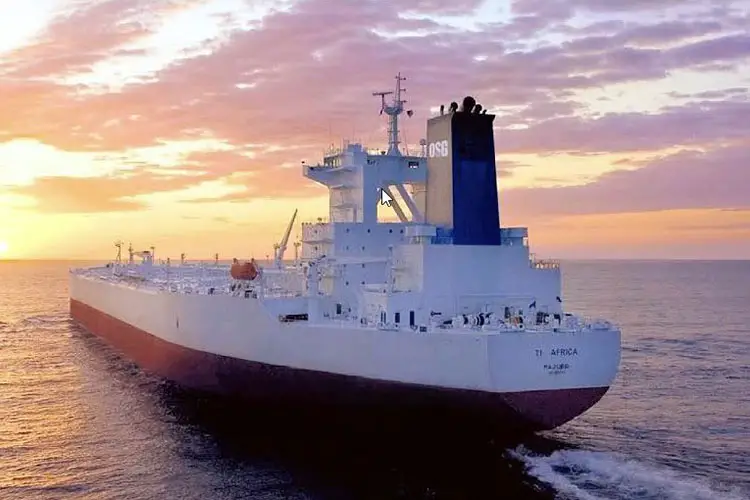
![Straddle Carriers [ULTIMATE GUIDE] 18 Straddle Carriers [ULTIMATE GUIDE]](https://www.maritimemanual.com/wp-content/uploads/2021/07/straddle_carrier.jpg)
